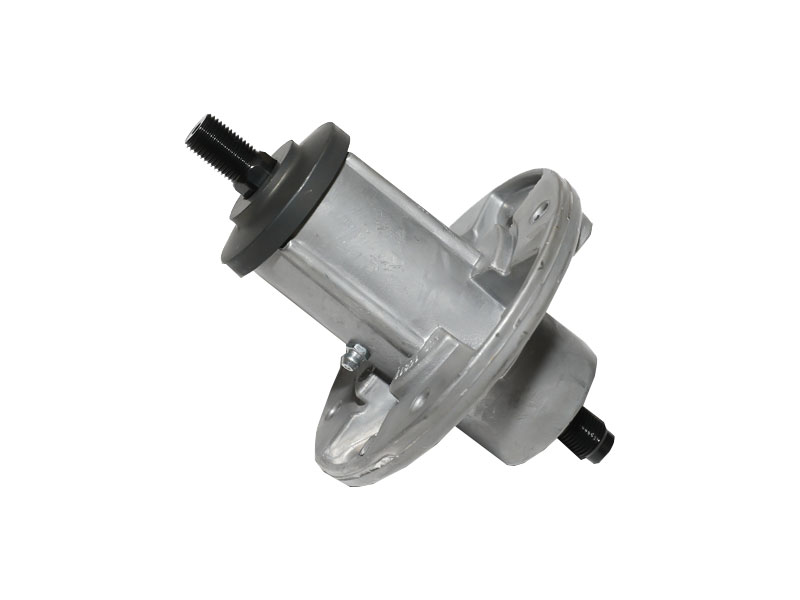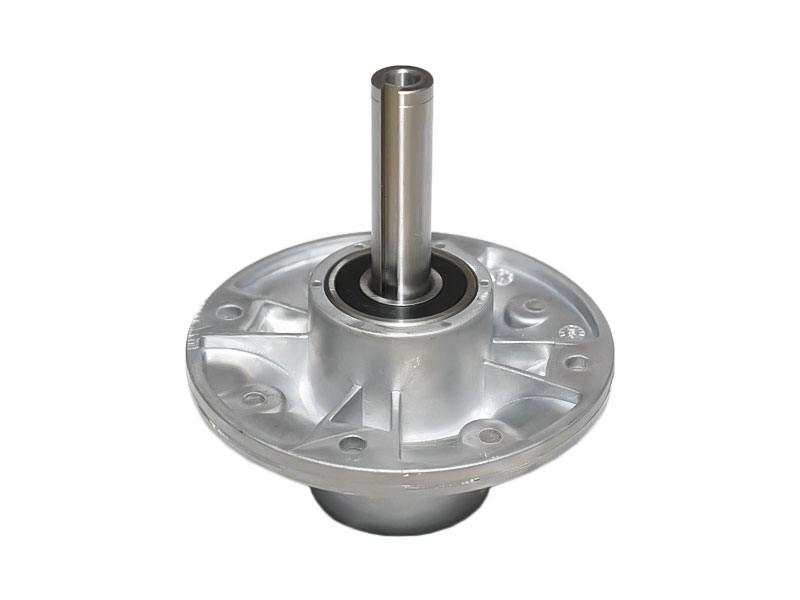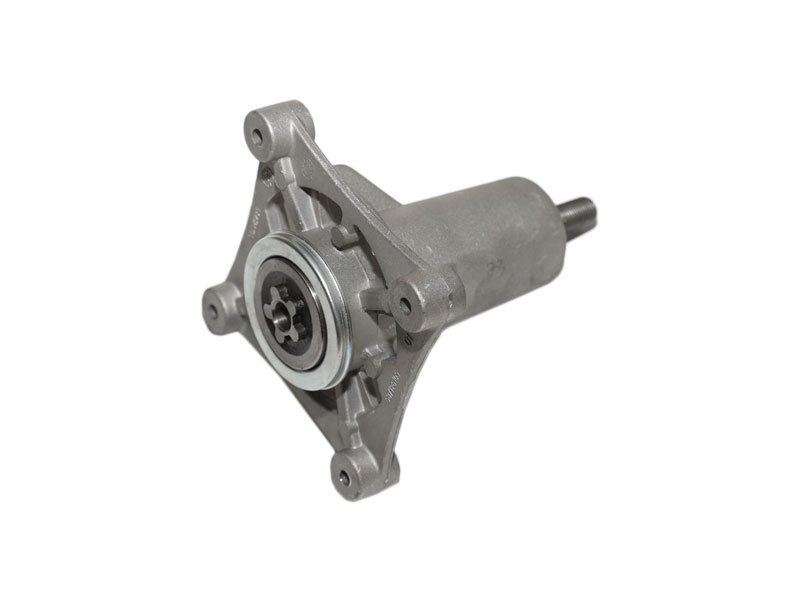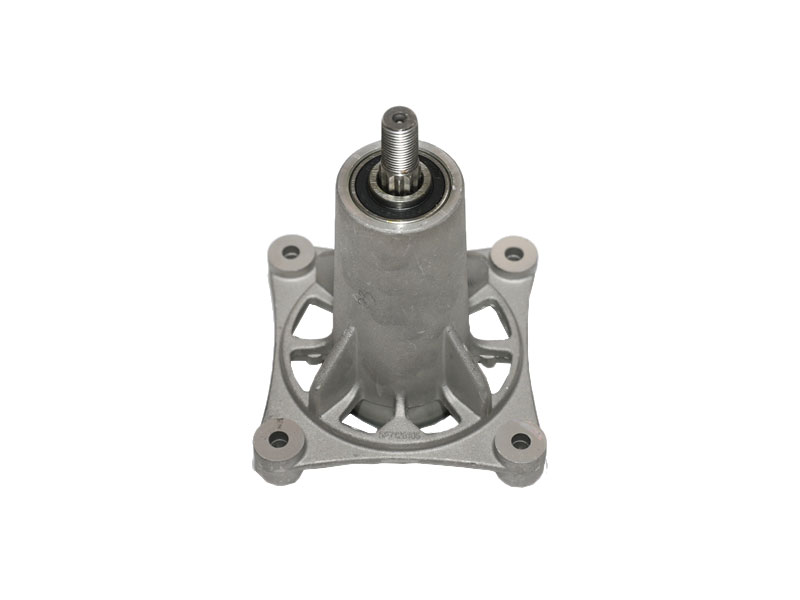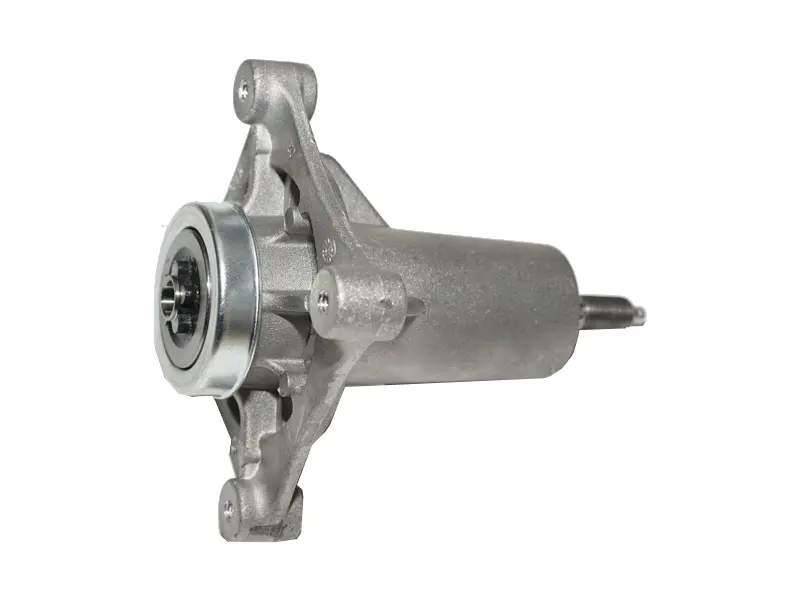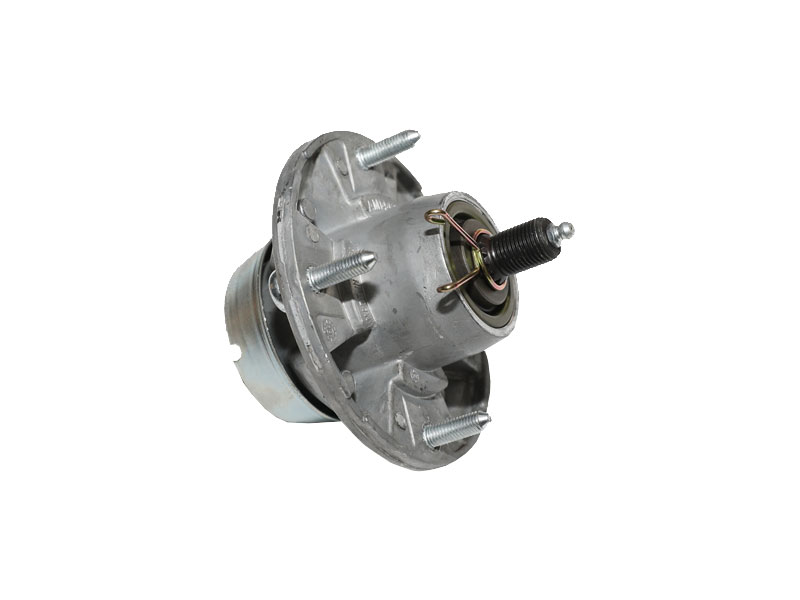A steering drag link is an essential component of a vehicle's steering system, typically found in vehicles with a recirculating ball or rack-and-pinion steering mechanism. It plays a crucial role in transmitting the motion from the steering gearbox or rack to the steering knuckles, which turn the wheels. The drag link is an important part of maintaining proper steering control and alignment. The components of a steering drag link can vary slightly based on the specific vehicle design, but generally, they include:
Drag Link Tube: This is the main structural component of the drag link. It's a tubular piece that connects the steering gearbox or rack to the steering knuckles.
Adjustment Sleeve: Many drag links have an adjustment sleeve that allows for fine-tuning of the length of the drag link. This adjustment is crucial for setting the alignment and ensuring the wheels are pointing straight ahead.
Tie Rod Ends: These are the ball-and-socket joints located at each end of the drag link. One end connects to the steering gearbox or rack, while the other end connects to the steering knuckle. The tie rod ends allow for angular movement, which is necessary as the wheels turn left or right.
Grease Fittings: Many drag links have grease fittings or zerks that allow for periodic lubrication. Proper lubrication helps maintain the longevity and smooth operation of the joints.
Clamps and Hardware: Clamps are used to secure the drag link to other components, such as the chassis or the steering knuckles. Hardware such as bolts, nuts, and washers are used to secure various parts of the drag link assembly.
Boots or Dust Covers: These protective rubber boots cover the tie rod ends to prevent dust, debris, and moisture from entering the joint. This helps prolong the life of the joints by reducing wear and corrosion.
Cotter Pins or Castle Nuts: Cotter pins or castle nuts are used to secure the tie rod ends to the steering knuckles. They prevent the nuts from loosening and ensure the joint remains secure.
Locking Washers: Locking washers are used to prevent the nuts from loosening due to vibrations or movement. They provide an extra layer of security to the connection points.
Rubber Bushings: In some drag link designs, rubber bushings might be used at certain points to dampen vibrations and provide a bit of flexibility in the steering system.
Overall, the steering drag link is a critical component for maintaining proper steering control and alignment in a vehicle. Regular inspections, maintenance, and replacement of worn components are important to ensure safe and effective steering performance. Keep in mind that specific designs and components can vary between different vehicle models and manufacturers.
 English
English 中文简体
中文简体 Español
Español svenska
svenska




